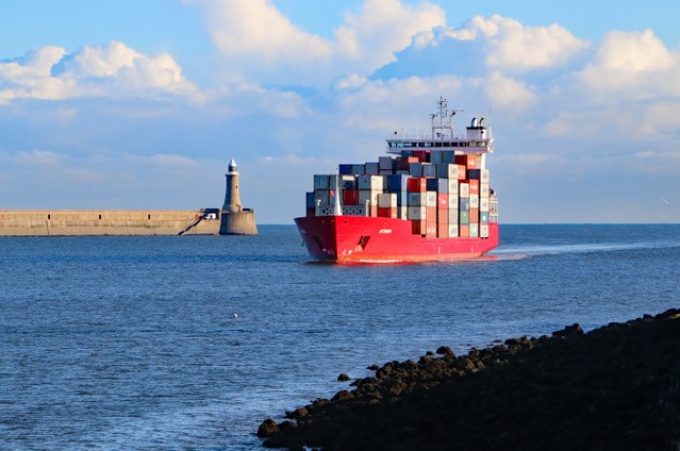Front-loading frenzy has made traditional H2 peak season 'unlikely'
Demand on major deepsea and air tradelanes is expected to be going downhill for the ...

As global demand for box ship capacity continues to dramatically outstrip supply, the number of idled vessels is down to numbers not seen since the pandemic.
According to new Alphaliner data, in the first half of the year, commercially idle tonnage represented an average of 0.7% ...

Comment on this article